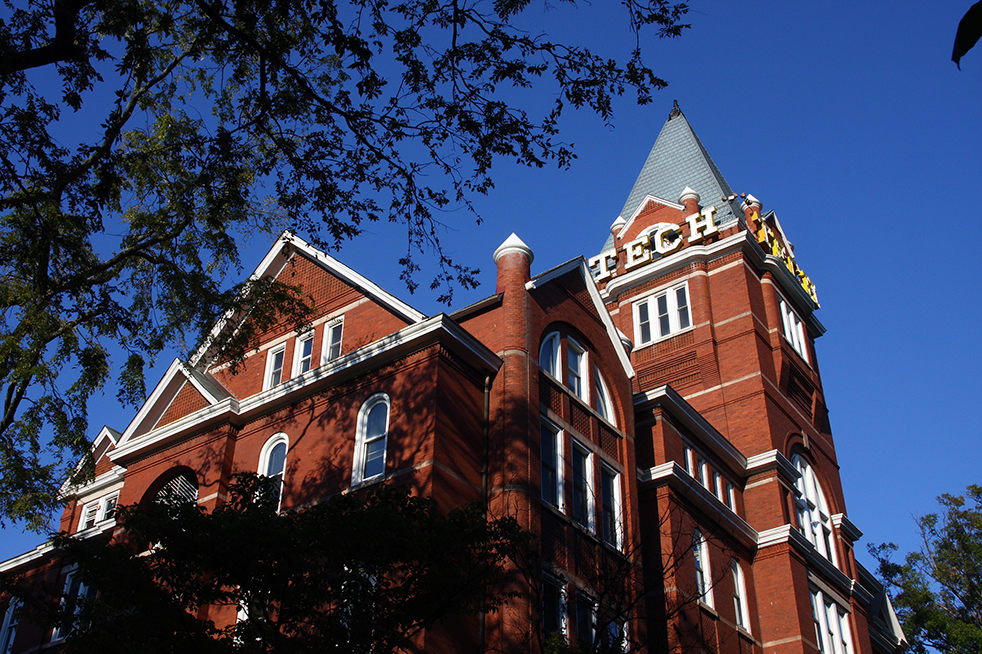
At every turn on campus, you can hear the clatter of construction. Blocked sidewalks, traffic cones and the noxious smell of asphalt assail your daily commute to class. While some projects are preparing to wrap up, including the Women’s Tribute, others have yet to break ground, like the new 860-bed residence hall expected in 2026. While it is undoubtedly important to improve our school, this should not come at the expense of a campus utility to the current student body.
Campus construction is undoubtedly a double-edged sword. On one hand, it is difficult to argue against improving Tech’s campus. Investments such as Science Square will promote new research opportunities for students while furthering scientific innovation, and the 2026 resident hall project will finally begin to address the desperate need for additional campus housing. On the other hand, construction presents a nuisance and diminishes students’ ability to enjoy the campus they pay for. The problem is not construction itself, per se, but rather the copious amounts of simultaneous construction that interfere with our ability as students to navigate and use campus.
The question is, how do we effectively balance improving our campus while maximizing students’ utility? One thing is obvious: the current model, which has seen campuses marred by scaffolding and fences, is tipping the scales in the wrong direction.
From an outside perspective, the choice of projects seems to have no particular rationale. Construction patches are blotted all over campus like a Jackson Pollock painting. The construction on the Woman’s Tribute near the Student Center and Ferst Theatre that began last year is still underway and blocks a major thoroughfare connecting East and West Campus. If Tech could prioritize one project rather than divide its efforts among others, could the work not be completed faster? It certainly would create a better environment for current students.
Many of the projects lack efficiency, with construction progressing at a gruelingly slow pace. Consider the bike lanes on Ferst Drive. The construction is in its seventh month, and while the lanes are necessary, they create horrible traffic, with no obvious attempts to divert congestion.
Tech administration needs to develop a new strategy that considers time, efficient use of the campus, pedestrian traffic, commuter needs and campus experience. The everything-everywhere-all-at-once approach is simply not working. We call on the administration to increase the transparency of construction decisions. We must strike a balance that recognizes current students’ use of the campus while keeping one eye on the future. To ensure the best campus experience for students, administration should shift construction towards the summer while minimizing work during the main academic year, ensure projects are completed on time, not inundate one part of campus with many construction projects and avoid significant disruptions.
While construction on campus is a sign of progress and growth, it also presents significant challenges for the current student body. It is essential to strike a balance between building for the future and maintaining the quality of life for those who are here now. After all, a campus is more than just buildings — it is a place where students live, learn, and create memories. The heightened construction on campus creates a baseline sense of student frustration, which is exacerbated by the administration’s lack of communication and transparency. The administration must consider the immediate needs of the current student body and implement strategies that minimize disruption while pursuing necessary campus improvements. We must hope that once the dust settles, the improvements will outweigh the inconveniences, and Tech will emerge as an even more vibrant and dynamic place to learn.
The Consensus Opinion reflects the majority opinion of the Editorial Board of the Technique, but not necessarily the opinions of individual editors.
The post Campus Construction appeared first on Technique.
